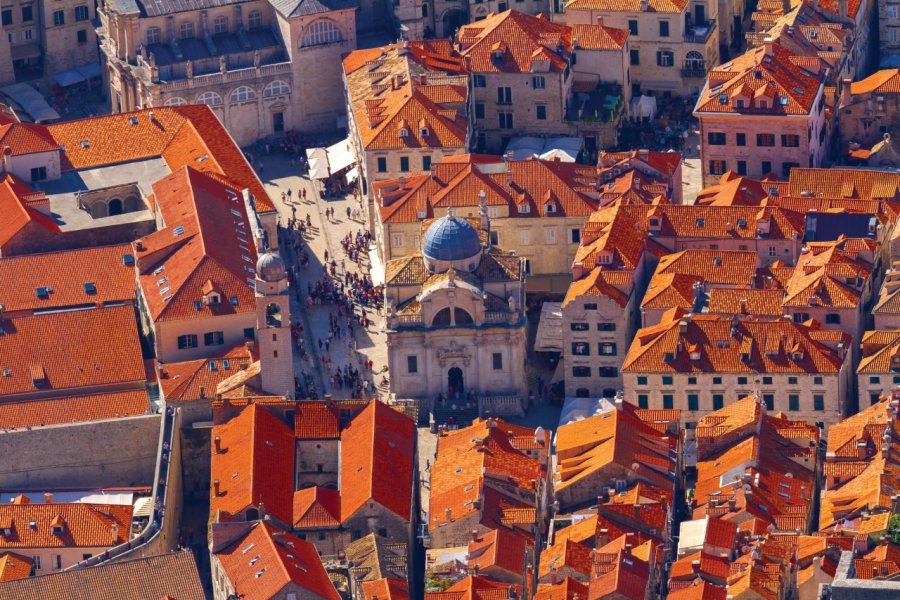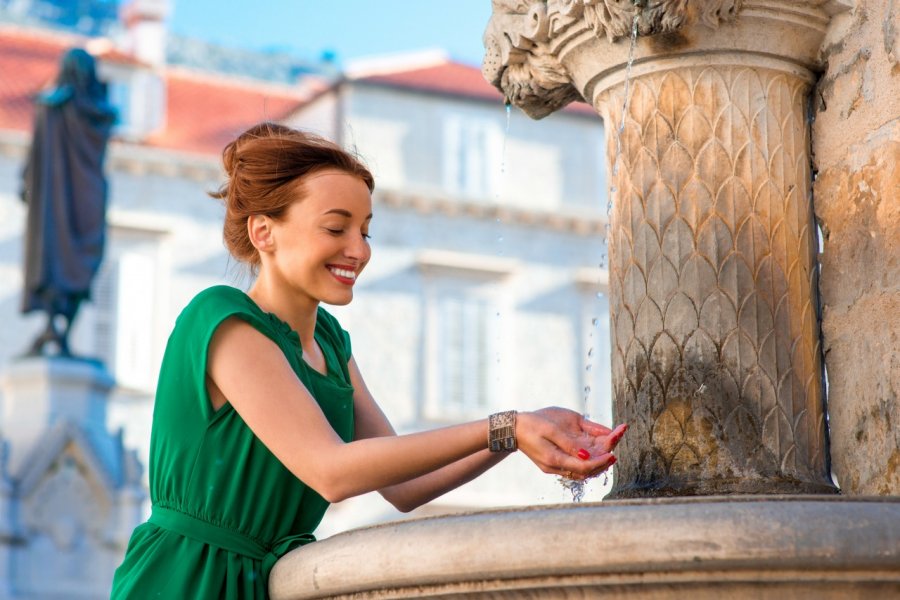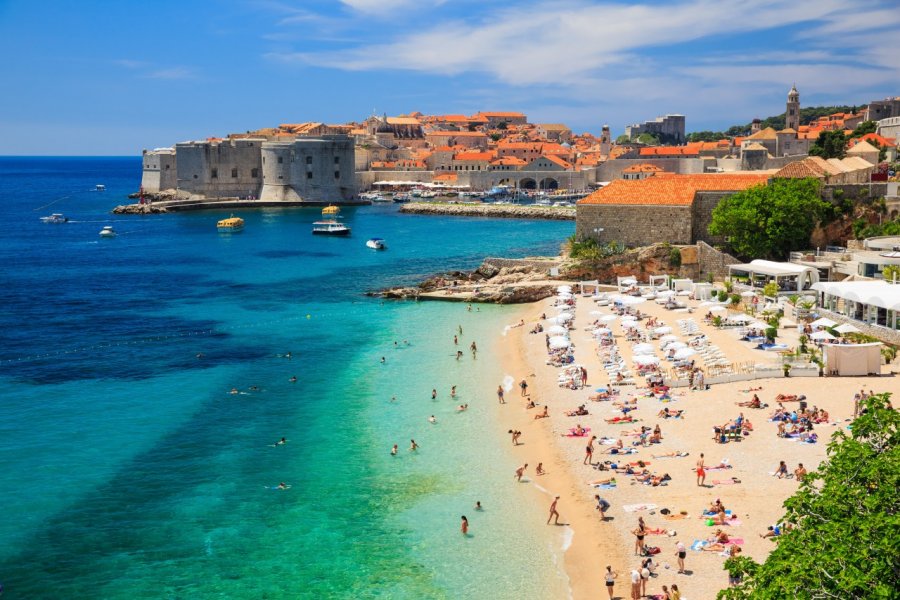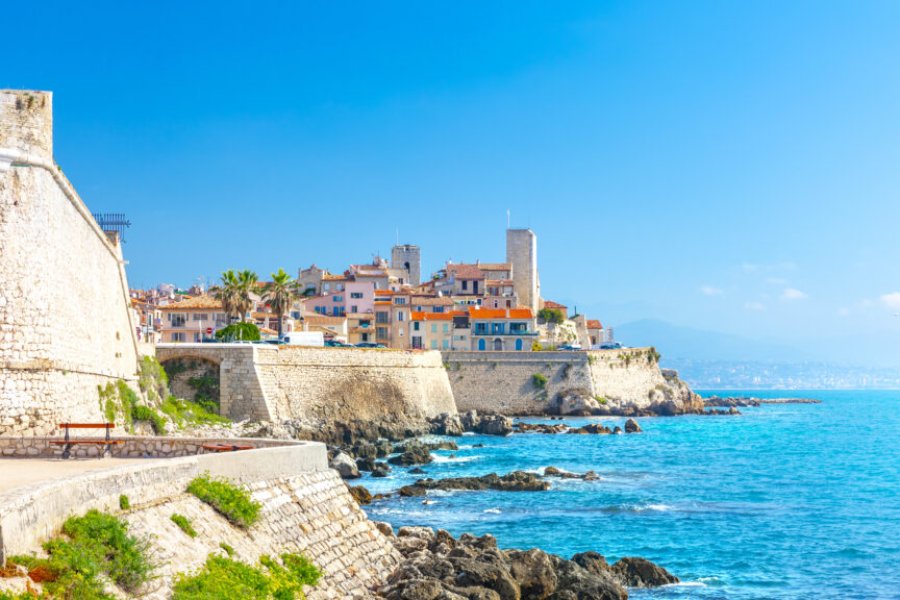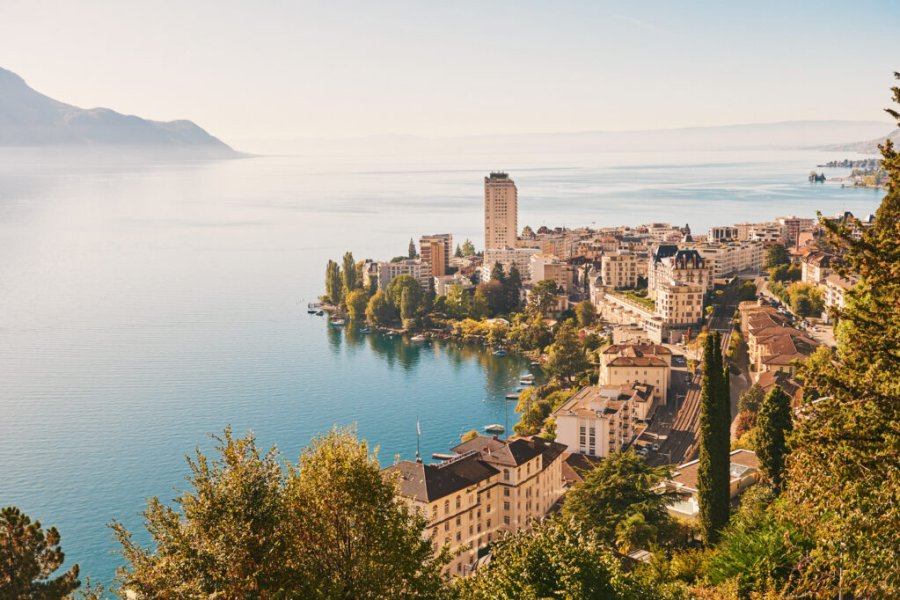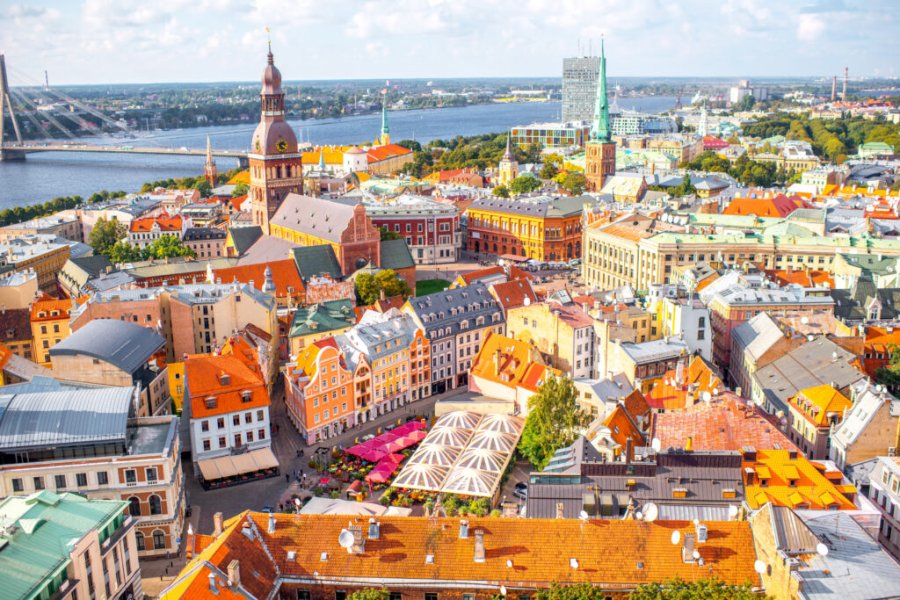Dubrovnik in one week
Highlights of the trip
During your stay you can enjoy the following highlights: Culture / Heritage, Discovery, Adventure / Sports & Leisure, Free time, Relaxation / Well-being.
Best times to go
The best time(s) to go is/are : Printemps, Eté.
Where to stay - Dubrovnik ?
The map of your stay "Dubrovnik in one week"
Detail of the stay : Dubrovnik in one week
How to get there - Dubrovnik
Discovery and walk of the ramparts
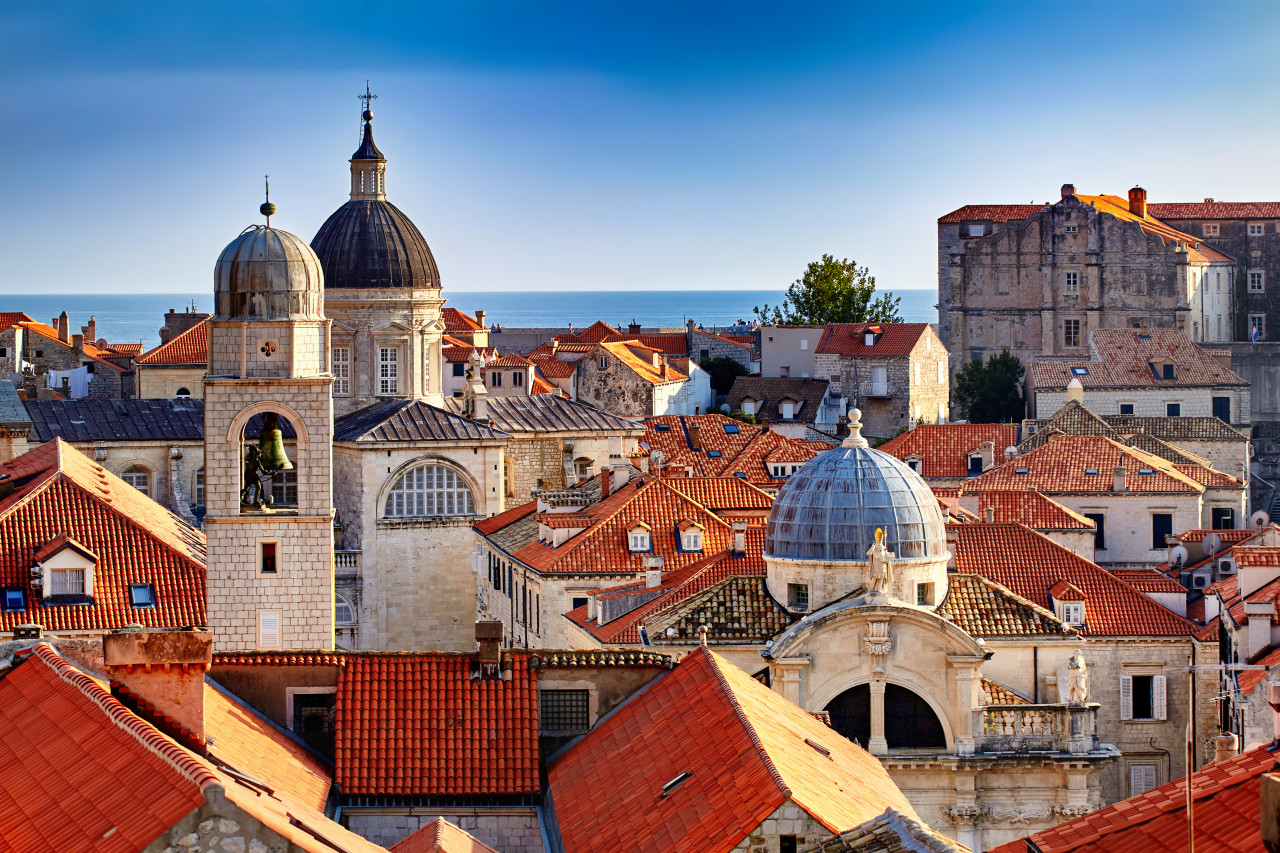
Steps: Rijeka Dubrovačka
Enter the old city of Dubrovnik through the Pile Gate. This impressive stone door with a drawbridge is overlooked by a statue of Saint Blaise, the protector of the city. The current (external) appearance of the door dates back to 1537. Go down the stairs and you arrive on the Stradun (officially called Placa), Dubrovnik's main street, where everything starts and ends! Stradun was once a canal that separated Ragusa (the Latin) from Dubrava (the Slav) - located opposite. This was definitively filled in the 12th century and the street was finally paved with Brac stones in the 15th century to be rebuilt after the destructive earthquake of 1667. The whiteness of this major artery is almost blinding in summer. In rainy weather, the Stradun turns into a real mirror (or even an ice rink!). So here you are in the old town, surrounded by ramparts. In order to better understand its geography, a short tour of its height is necessary. Take immediately to your left after entering through the Pile Gate and access the 2 km long ramparts promenade. Built between the 8th and 16th centuries, the system of fortifications of the old city of Dubrovnik - which withstood the 1667 earthquake - impressed many. Thus Ragusa thought he was protecting himself from enemy attacks, especially from the sea. In reality, the Ragusan Republic, a virtuoso diplomat, hardly needed it. Perhaps it was finally during the siege of Dubrovnik that the ramparts really served the local population, who found refuge there.
Allow 2 hours for a full tour (2 km). Once back at the Pile Gate, take the Stradun. On your right is the Onofrio della Cava fountain, named after its creator, a Milanese architect of importance to Dubrovnik, who supplied Ragusa with water from Rijeka Dubrovacka several kilometres away. Very damaged by the 1667 earthquake, then by the 1991 bombardments, it was rebuilt in the same way after each of these destructive events. On the right, opposite the fountain, stands the Saint-Sauveur church, which has a pretty Renaissance rose window. It is the only church that has fully withstood the earthquake. Continue by visiting the Franciscan monastery, moving to the left. A legend has it that the Franciscan Order of Dubrovnik was established following a journey by St. Francis of Assisi himself to the Holy Land. What is certain is that the disciples of Saint Francis settled in the city in the 13th century and within the city walls in the 14th century. Don't miss the opportunity to recharge your batteries in the shade of the splendid cloister and its sculpted capitals, all of which were little affected by the 1667 earthquake. The small museum is also worth a look to get an idea of the Ragusa of yesteryear and to admire some historical paintings. On your way out, shop in the Franciscan pharmacy, one of the oldest in Europe. Its owners still perpetuate the precious know-how of religious people. Back to the dazzling Stradun. With all this, you have earned yourself a coffee! Why don't you stop by the Festival Café? After you have honoured the Croatian way of life, continue straight on to Stradun, looking to the left and right at the alleys and streets that leave it, which you will have plenty of time to explore later. Stop at the square of the Luza lodge. The statue that adorns it is that of Orlando (Roland). Roland, Charlemagne's knight, hero of many legends and epics (such as La chanson de Roland, for example) embodies freedom, a virtue dear to the hearts of Dubrovnikers. The statue stands where a market once stood. His right arm was used as a measure by ragusan traders. Opposite the square is the Sponza Palace, a former customs palace and now an archive building, which is a perfect example of local architecture at the crossroads of gothic and Renaissance styles. At the end of Stradun, stands the Clock Tower, originally built in 1444 and rebuilt in 1928. Next door is the small fountain of Onofrio. Continue straight ahead towards the old port (Stara Luka). Have lunch there, why not, in Lokanda. To digest, let yourself go for a walk on the jetty of the old port, called "Porporela", built during the Habsburg era. Go back and visit the exhibition at the Sponza Palace in Dubrovnik's headquarters. The large church, which stands south of Luza, is dedicated to Saint Blaise. Take the time to admire it from the inside and the stained glass windows of Dubrovnik artist Ivo Dulcic. Facing the church, the building at the corner of Luza Square and wide Pred Dvorom Street has become the Town Hall and the Marin Drzic Theatre. The palace was built in 1303, destroyed by fire in 1817 and completely rebuilt in 1864, in an Italian Renaissance style, it housed the Grand Council of the Republic of Dubrovnik. The adjoining building is the rector's palace. This is where Ragusa's heart beat: this is where the rector, a key figure in the city, governor of the Ragusan City State, who could only remain in power for a month, resided. As powder was once stored there, the palace exploded and was redesigned in a distinct style and presents itself in a Renaissance style, with some Baroque touches.
Across the street is Dubrovnik Cathedral. Enter the interior, visit the treasure, rich in relics. Then take the small alleys that run from the cathedral to the south of the city and the ramparts. Finish your day with a drink at the bar on the rocks called "buza". From there, you can dive into the Adriatic.
Places of interest : GRANDE FONTAINE D'ONOFRIO ÉGLISE SAINT-SAUVEUR (CRKVA SV. SPASA) STRADUN PALAIS SPONZA (PALAČA SPONZA) TOUR DE L'HORLOGE ÉGLISE SAINT-BLAISE HÔTEL DE VILLE ET THÉÂTRE MARIN DRŽIĆ PALAIS DU RECTEUR (KNEŽEV DVOR) CATHÉDRALE DE DUBROVNIK (KATEDRALE) REMPARTS (GRADSKE ZIDINE) PORTE DE PILE (VRATA OD PILA) VIEUX PORT (STARA LUKA)
Maritime museum, lanes and shops

Steps: Dubrovnik
Start your day behind the cathedral, with a short tour of the old town's tourist market, located in Gunduliceva Poljana (Gundulic Square), a cute square that leads to the Jesuit church, a baroque splendour, whose monumental staircase dates from the post-earthquake reconstruction (1667). Then, take the alleys or go back to Stradun to reach Fort Saint-Jean, where the Maritime Museum is located. Ragusa's fleet was one of the most important in the world, this museum traces its evolution. Just next to it is the aquarium. Take a break for lunch. Pass through the old port to reach the Sponza Palace and continue straight ahead, behind the palace towards the Dominican monastery. With the Franciscans, the Dominicans were in charge of guarding the entrances to the city, since each of the two orders was at one end of Ragusa. Take your time to walk through the soft vaults of the cloister and visit the convent museum (rich in ragusan paintings from the 15th and 16th centuries), as well as the church. Return to Stradun and turn into Zudioska Alley, home to a beautiful Sephardic synagogue, which it would be a pity not to visit. Stroll through the parallel alleys and Prijeko. Cross Stradun and explore the alleys on the opposite side, they are full of coffee shops and shops.
Places of interest : MUSÉE MARITIME (POMORSKI MUZEJ) FORT SAINT-JEAN (TVRĐAVA SV. IVAN) STRADUN RUES AU NORD ET PRIJEKO MONASTÈRE DOMINICAIN (DOMINIKANSKI SAMOSTAN) ÉGLISE JÉSUITE SAINT-IGNACE PALAIS SPONZA (PALAČA SPONZA) SYNAGOGUE (SINAGOGA) AQUARIUM (AKVARIJ)
Ploče and the funicular

Steps: Dubrovnik
Start with a visit to the very poignant exhibition on the wars in Yugoslavia (and other recent wars) in the War photo limited gallery, located in one of the alleys rising to the heights of the old city. Then go to Ploce, the district that extends east of Dubrovnik, after the gate of the same name. Visit themusée d'Art moderne, whose temporary exhibitions are often interesting and take the cable car to climb to the top of Mount Srdâ. This funicular, very popular with Dubrovnikers, was inaugurated during the time of Yugoslavia. The institution suffered greatly from attacks by the JNA (Yugoslav People's Army) in 1991 and it was not until 2010 that it was able to resume service. Admire the view that is open to you. Then go down to Ploče, to finish your day on Banje beach.
Places of interest : PORTE DE PLOČE (VRATA OD PLOČA) WAR PHOTO LIMITED MUSÉE D'ART MODERNE (UMJETNIČKA GALERIJA)
Culture Day
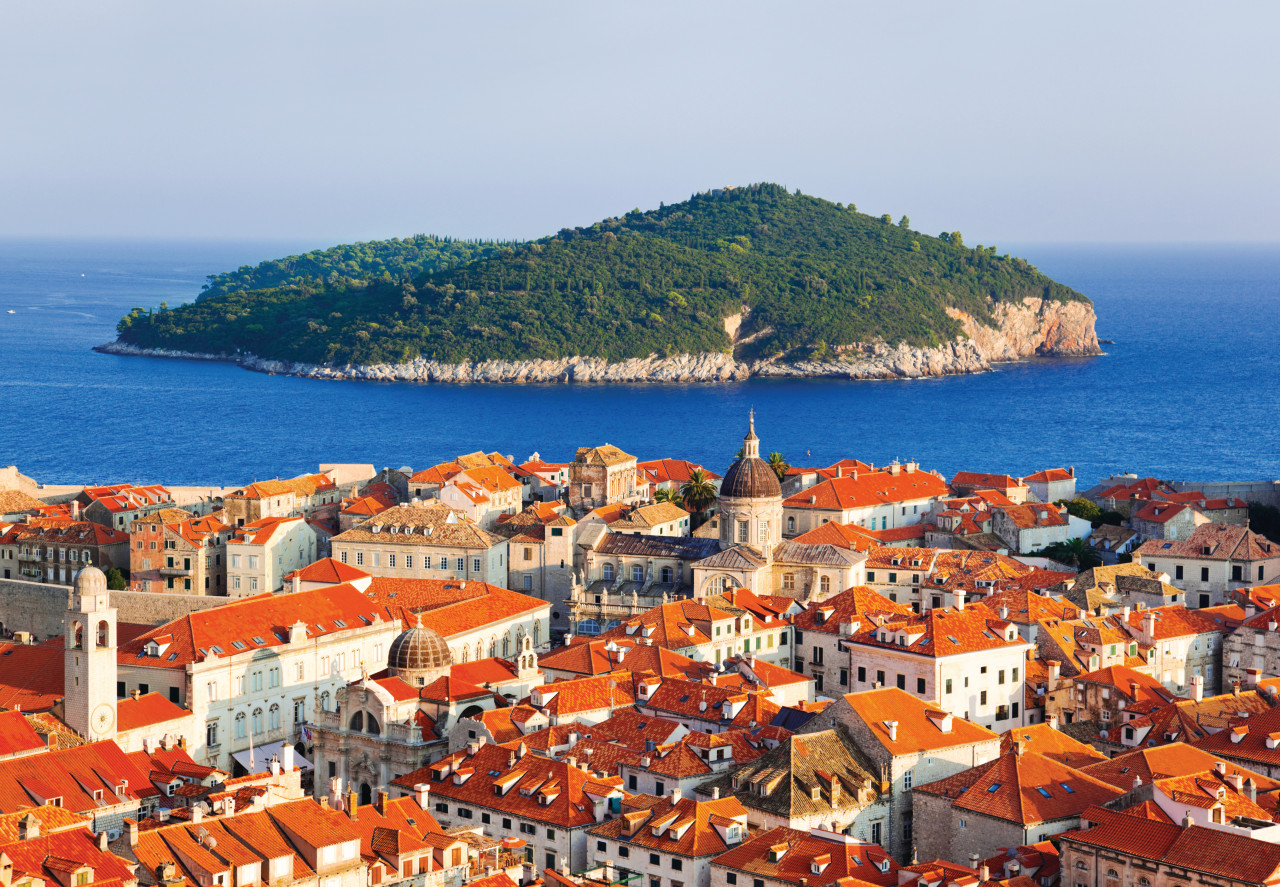
Steps: Dubrovnik
Start the day with a visit to the Dulčić - Masle - Pulitika Gallery, dedicated to the generation of the revival of Dubrovnik painting in the 20th century. This trio of painters had in common a taste for colour and landscapes of the Dubrovnik region.
Exit the old town through the Ploče Gate and pass the Lazareti building. This is where foreigners and merchants from far away were quarantined before entering the city walls. Ragusa had established strict rules of hygiene and these lazarets are among the few in Europe to have been preserved (and transformed into a club). We will continue with a short tour to the Revelin fortress, below which it is possible to have a drink and enjoy an unparalleled view.
Return to the old town and visit the ethnographic museum called Rupe, the old granary of Ragusa or rather its place of conservation. Before heading to the Fort St. Lawrence (Lovrijenac), located outside the walls, perched 37 m high, which also offers a splendid view. In the summer, Shakespeare's plays are performed here, which is a perfect location.
Finally, we will end the day with a short walk on the side of Pile and Boninovo, to Danče and its church to crunch, as well as its beach.
Places of interest : PORTE DE PLOČE (VRATA OD PLOČA) FORT LOVRIJENAC (TVRĐAVA LOVRIJENAC) GALERIE DULČIĆ-MASLE-PULITIKA MUSÉE ETHNOGRAPHIQUE RUPE
New city and island of Lokrum
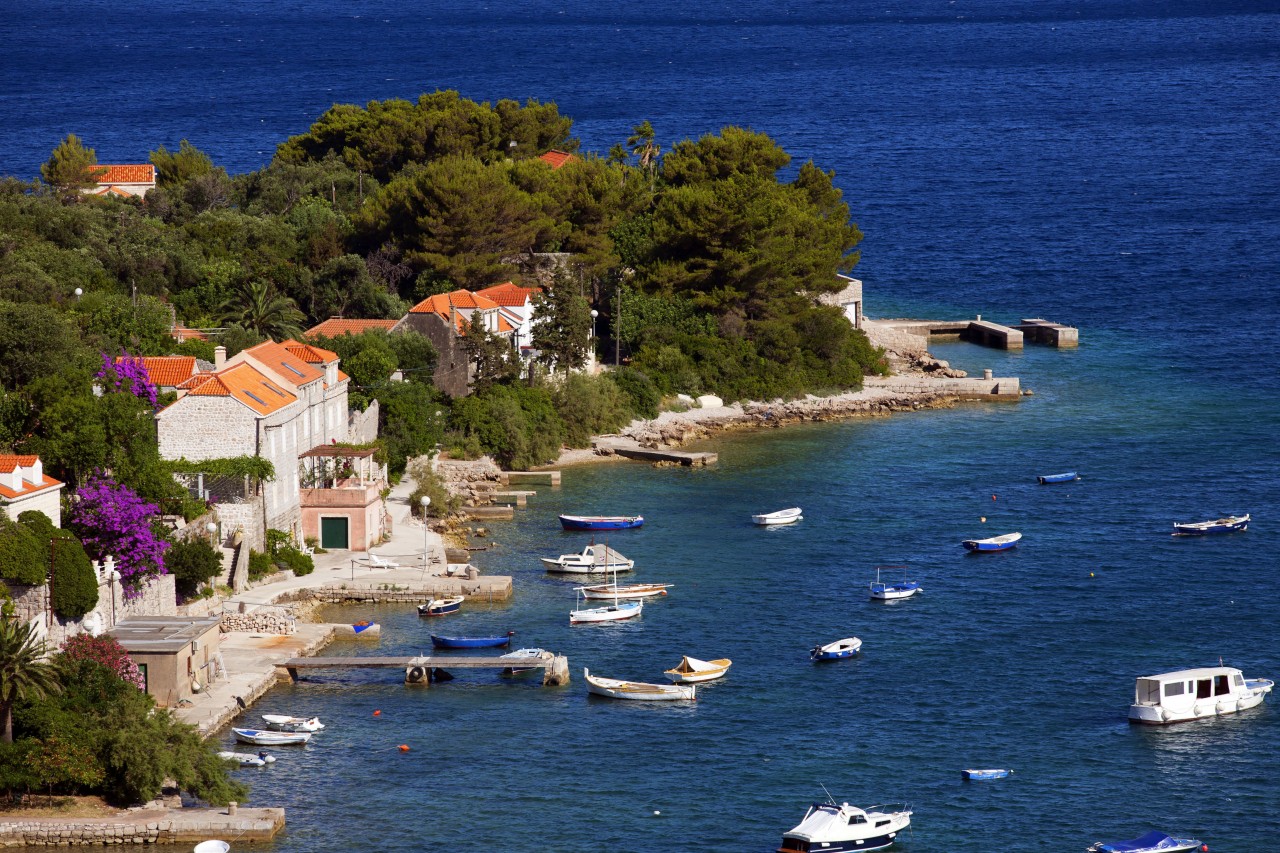
Steps: Rijeka Dubrovačka
This day consists of a visit to the Gruz district and an afternoon on the island of Lokrum. From the old town, take bus 6 to the Gruz marina stop. It is beyond Gruz that the new city of Dubrovnik extends, and that the majority of its inhabitants reside, although Gruz is not new, quite the contrary, the district articulated around the port and the Rijeka DubrovaČka which flows into it, was already invested by the Ragusan nobility who had magnificent villas built there. This quiet area is ideal for walking. Travel through Lapadska obala (in Lapad) until you reach Gruz and its very lively market. Let yourself be tempted by some fruits and small food, which you will taste on the island of Lokrum, where we set sail! To get there, take the bus 6 to Pile, cross the old town and go to the old port to take a boat to Lokrum. This island classified as a nature reserve is a real plant paradise and shelters many charming coves only 20 minutes from Dubrovnik by boat. Lose yourself in its pines and old monastery, swim in the small hot water lake and in the Adriatic. And don't forget to take the boat back!
The three Elaphite Islands
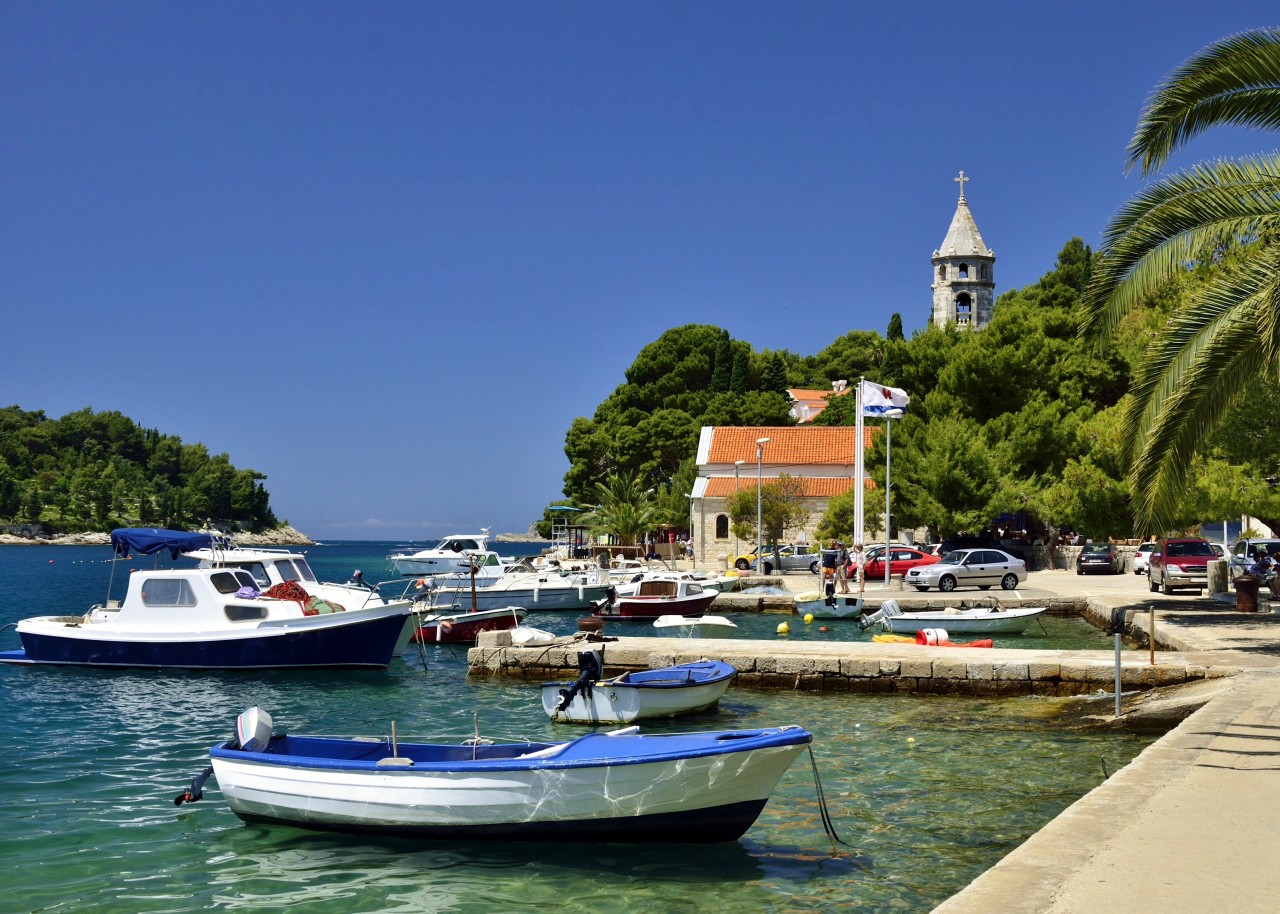
Steps: Lopud
This day will be entirely devoted to the visit of the Elaphites. Many agencies offer a one-day expedition to the three islands, with lunch on the boat. That said, with three islands in one day, the program is full! For those who prefer, it is quite possible to leave alone, via the G&V line ferries and especially from Jadrolinija and reach Šipan, KoloČep or Lupud. Lopud is the most famous of the Elaphite islands, and for good reason, it has a long sandy beach (Šunj). The other islands do not have such long stretches of sand to offer, but they are not lacking in coves or charm. In any case, these islands, which are easily and quickly accessible from Dubrovnik (port of Gruz), are a must for anyone who wants to enjoy the luxuriance of the Ragusan vegetation, punctuated by a few patrician villas and centenary churches.
